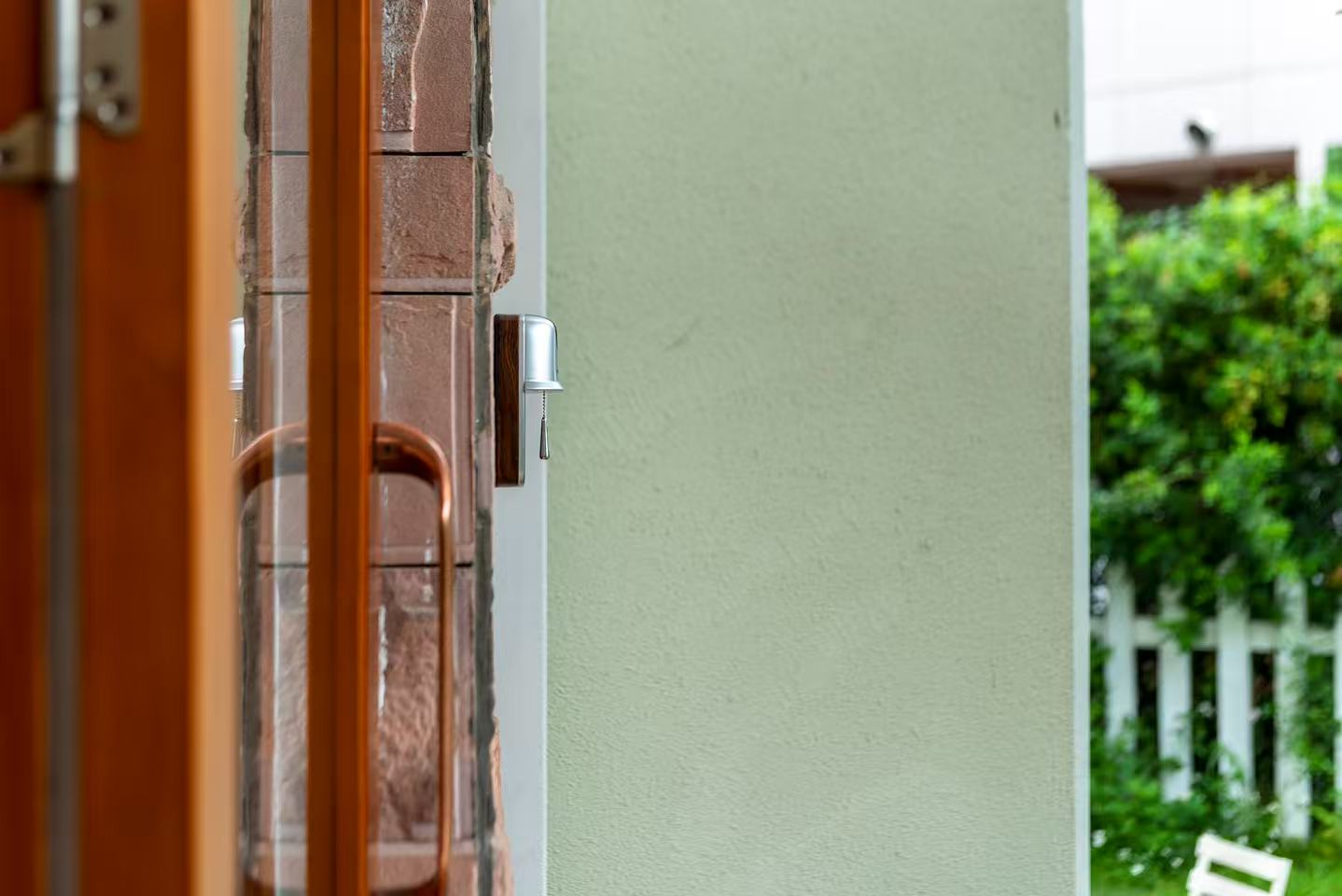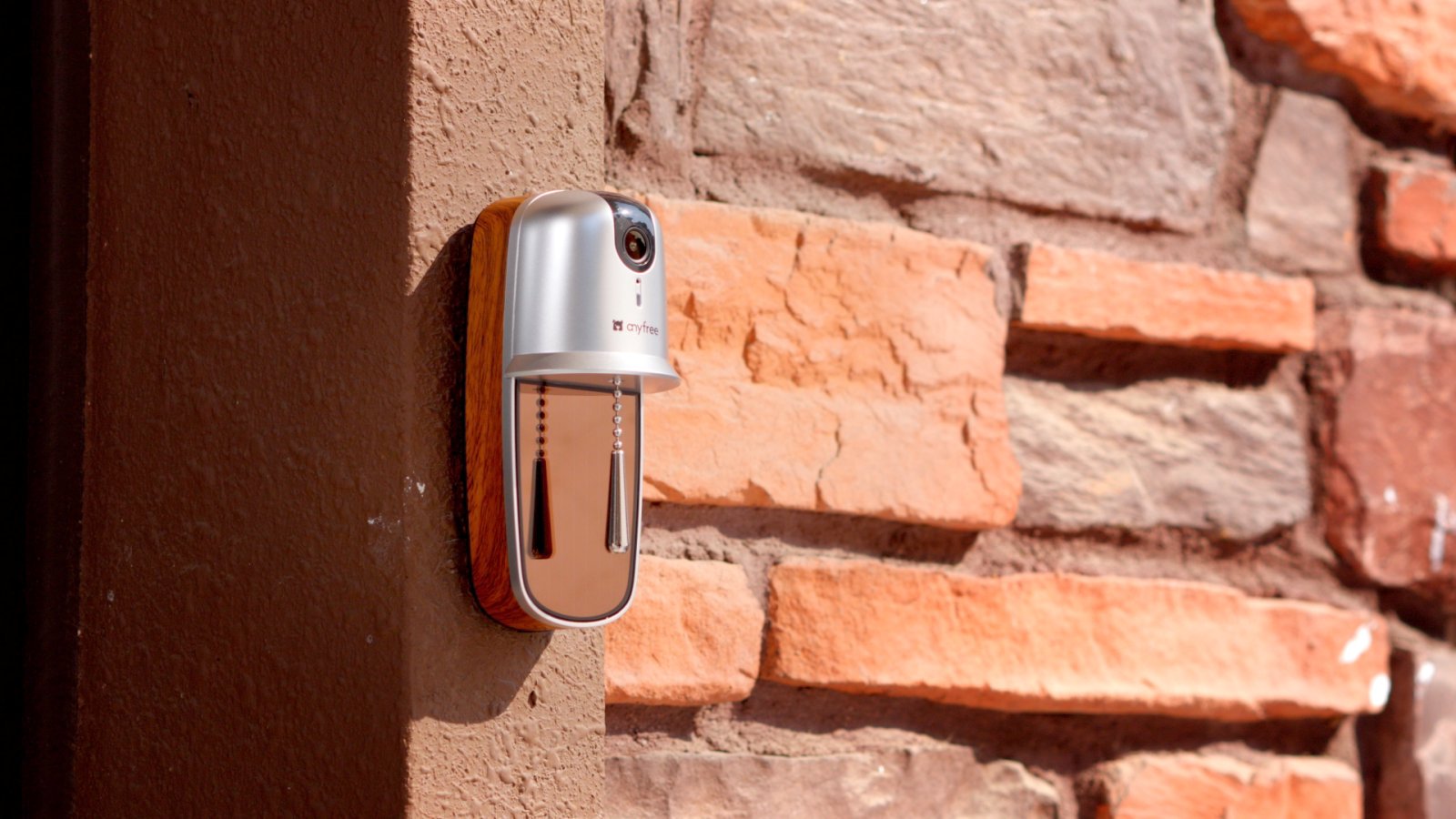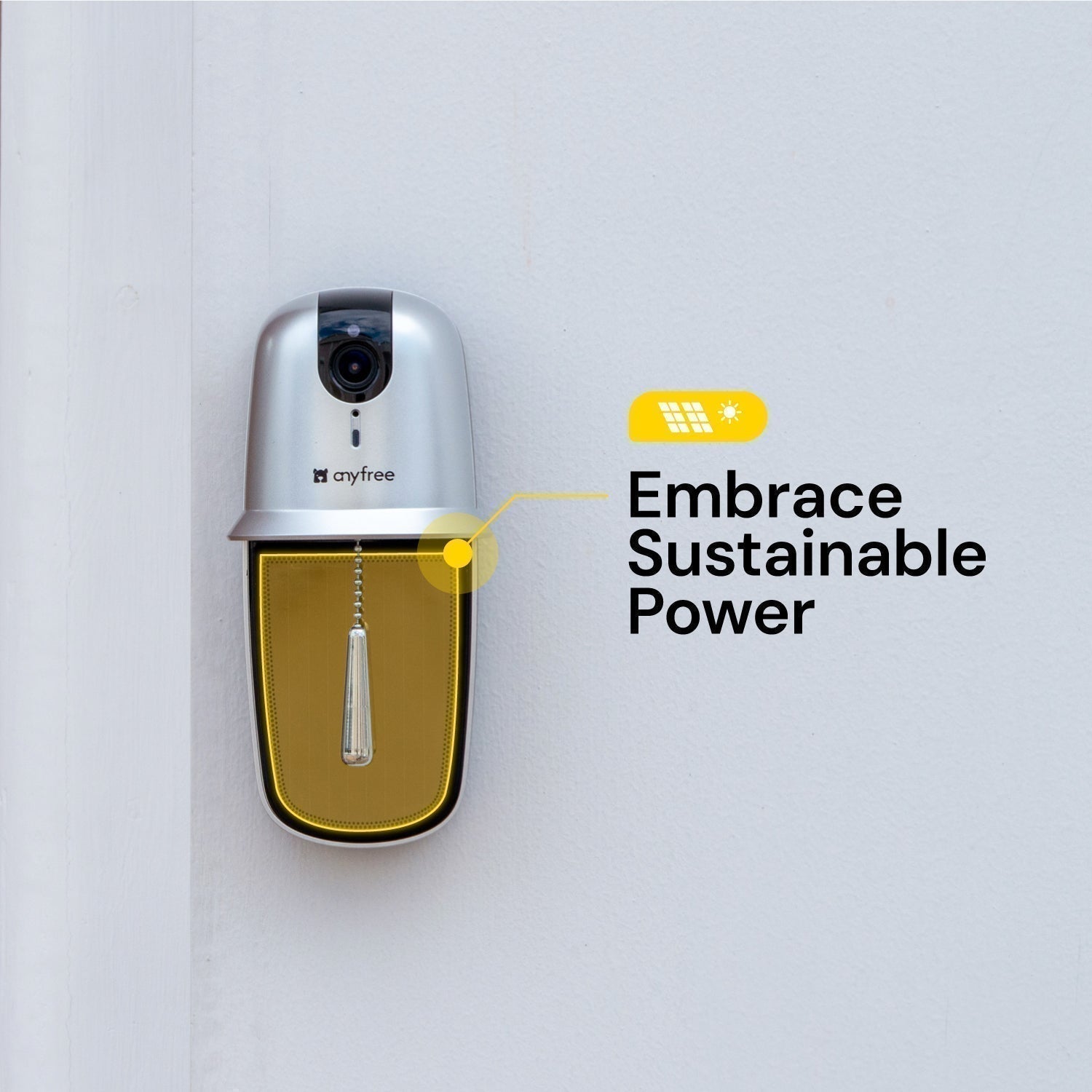How Video Doorbell Audio Works: What Can It Really Hear?
Video doorbells use built-in microphones and cameras to provide real-time, two-way communication, allowing homeowners to see, hear, and communicate with visitors via their smartphones. These devices are designed to monitor outdoor activity, recording video and audio when motion triggers or activates the doorbell. However, there are times when the microphone captures more than just conversations on the porch.

Several factors influence how much audio a doorbell captures:
- Indoor sounds can travel easily through thin walls or open windows.
- Microphone sensitivity may vary according to different brands. Some models pick up faint noises better than others.
- The placement of a doorbell determines the possibility of catching muffled indoor voices.
Despite most video doorbells prioritizing detecting movement and outdoor sounds, loud indoor noises or nearby conversations could still be recorded accidentally. Smart placement and settings are the key to balancing security and privacy. Homeowners can minimize unintended audio capture by strategically positioning the device and adjusting sensitivity to secure their doorstep.
Legal or Illegal? Doorbell Audio Recording Laws Made Simple
- Video doorbells with audio recording offer enhanced security, but they also come with legal complexities. Whether recording is legal depends on where you live and how your device is used. Since audio carries stricter privacy implications than video, understanding consent laws and privacy expectations is crucial for staying compliant.
Key Legal Considerations
- Consent Laws Vary by Location
- One-party consent states that only one person in a conversation (usually the device owner) needs to consent to recording.
- Two-party consent states that everyone being recorded must agree, which means that if neighbors or visitors do not know, your doorbell audio may be illegal.
2. Public vs. Private Spaces
- In public places, recording is usually allowed, but some jurisdictions restrict continuous surveillance.
- In private spaces, unauthorized recording can lead to legal consequences, including fines or lawsuits.

When installing a video doorbell, it is necessary to take active measures before and after installation to master the legal requirements of audio recording. The following practices will help users maintain compliance and protect privacy.
Before Installation
✔ Research Local Laws
- Investigate state eavesdropping, surveillance, and privacy laws, especially for public and private spaces.
- Confirm whether your state requires one-party consent or two-party consent.
✔ Obtain Necessary Consent
- Apply signage or verbal communication as the primary means of notifying visitors in jurisdictions where mutual consent is mandatory.

After Installation
✔ Strategic Placement
- Angle doorbells to focus only on your property, such as your doorstep, avoiding public areas.
- Keep devices away from windows or thin walls to prevent accidental indoor audio recording.
✔ Transparency Measures
- Post visible signs at the entrance, such as "Audio/Video Recording in Progress."
- Take the initiative to inform the guests, delivery personnel, or service providers about active verbal recording in two-party consent states.

Securing Your Recordings
✔ Data Hygiene
- Regularly delete stored footage and restrict unnecessary third-party access.
- Opt for local storage over the cloud to minimize exposure risks.
✔ Privacy Settings
- Use strong passwords for doorbell app accounts.
- Use end-to-end encryption and strong Wi-Fi security (e.g., two-factor authentication).
Privacy-Focused Smart Security with anyfree
How anyfree Protects Your Privacy
Smart Audio & Motion Controls
• Two-Way Audio
Communicate in real-time with visitors while maintaining privacy.
• Motion-Triggered Audio Recording
Audio is only captured when motion is detected, preventing continuous surveillance.
• Customizable Motion Detection
Adjust detection range (near, middle, far) to minimize unnecessary recordings beyond your property.

• Full User Control
Modify microphone and videomail settings or delete stored audio/video directly from your account anytime.
Who Has Access to Your Hello Doorbell Recordings?
We prioritize privacy and security, ensuring that audio features empower you to protect your home without overstepping personal boundaries. In a world where data breaches and privacy scandals dominate headlines, anyfree ensures that your doorbell recordings remain exclusively under your control.

1. Storage Control
- Local Storage (MicroSD Card): Maintain complete control by storing recordings offline, eliminating cloud-related risks.
- Secure Cloud Backups (AWS-Encrypted): Opt for encrypted cloud storage with Amazon Web Services, ensuring enterprise-grade security for your data.
2. Data Minimization
- Recordings activate only when motion is detected, avoiding unnecessary surveillance.
- The system captures activity within your specified detection range, excluding unrelated movements.
3. Zero Third-Party Sharing
- We never sell, share, or monetize your audio or video data with advertisers, governments, or other third parties.
4. Transparency & Control
- Manually delete recordings or set auto-delete options, and audit access logs to track who viewed your footage.
5. Granular Permissions
- Share access with family without allowing them to delete recordings or change settings.
Final Thoughts: Balance Security and Privacy
Video doorbells enhance home security and cause privacy disputes, as the built-in microphone may accidentally record indoor conversations. To balance security needs and privacy protection, homeowners should strategically position devices to exclude private spaces while adhering to local regulations, opt for reputable brands offering transparent user controls, robust encryption, and ethical tech standards, and stay updated on regional laws governing recording permissions and data retention. Users can fully leverage smart security benefits without compromising personal privacy by integrating these technical safeguards with ongoing legal compliance.





Hinterlasse einen Kommentar
Diese Website ist durch hCaptcha geschützt und es gelten die allgemeinen Geschäftsbedingungen und Datenschutzbestimmungen von hCaptcha.